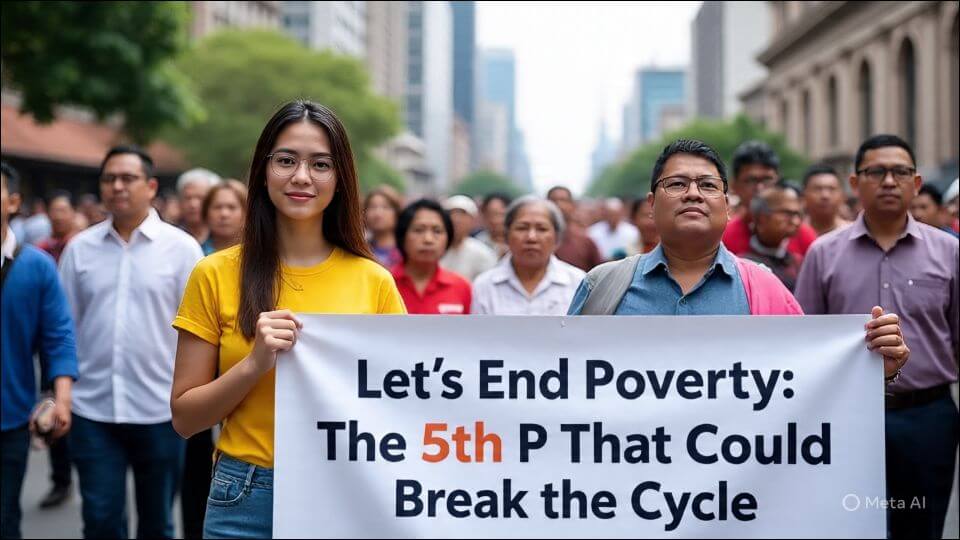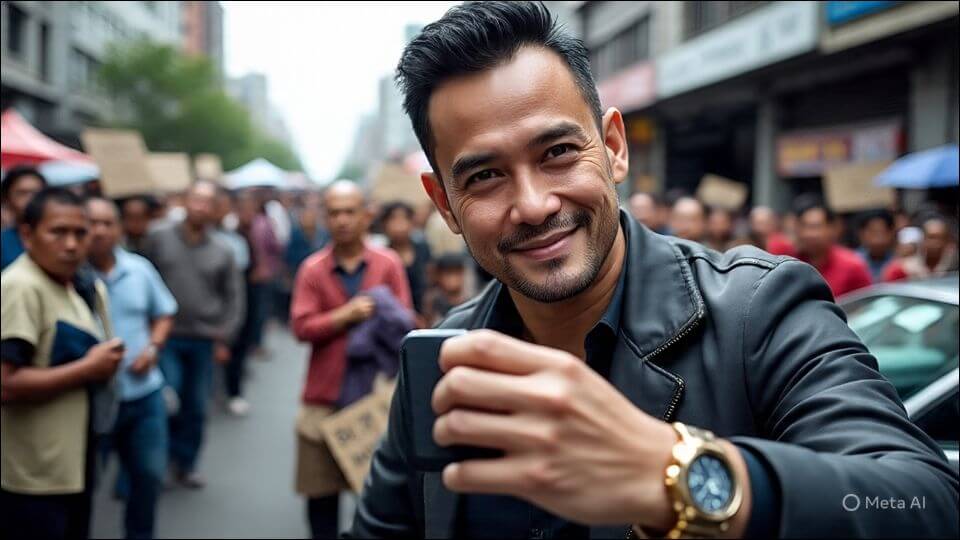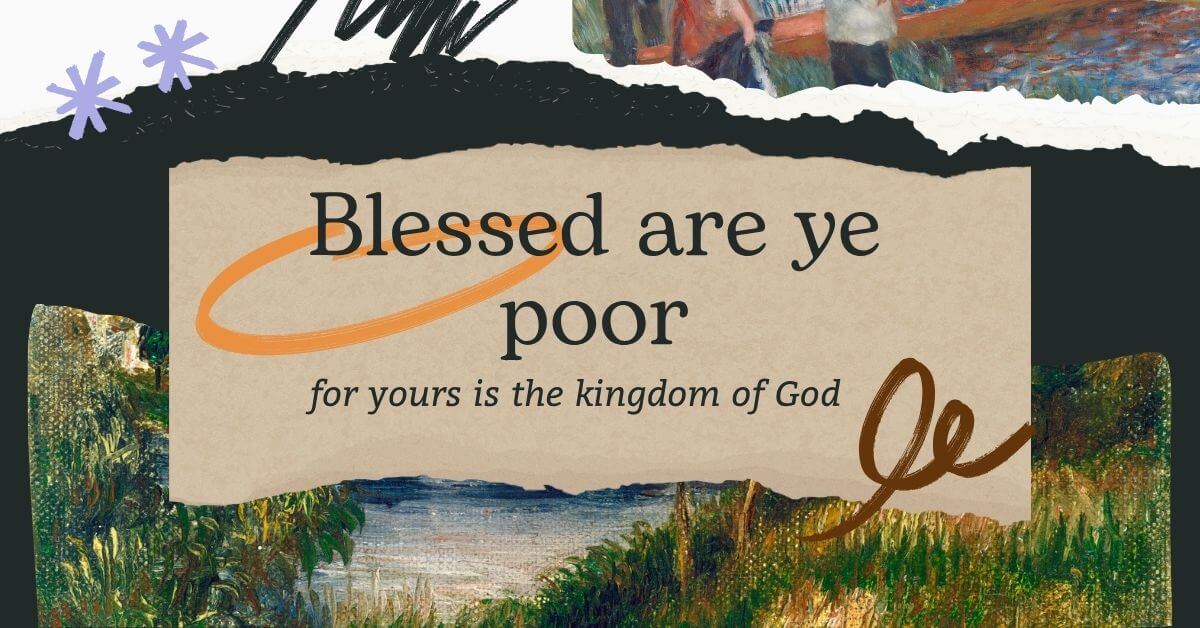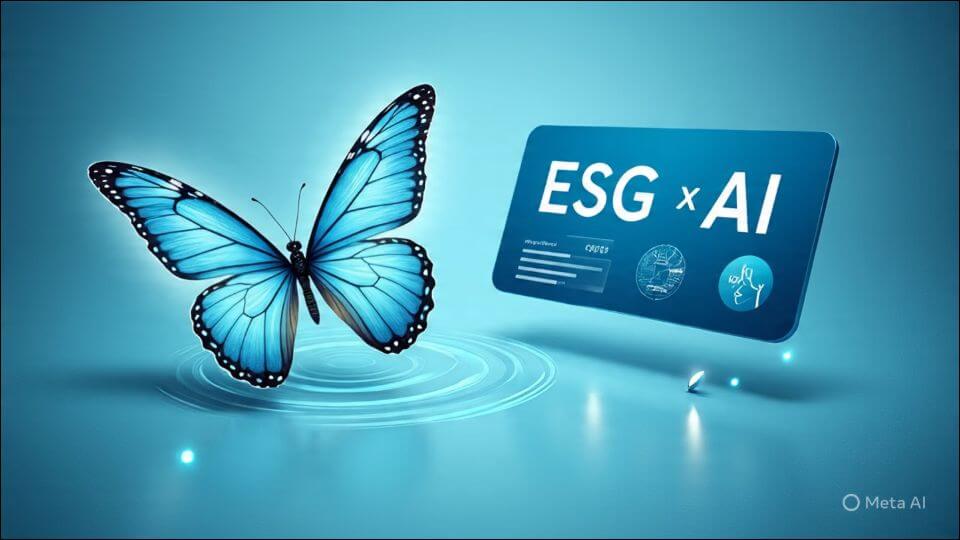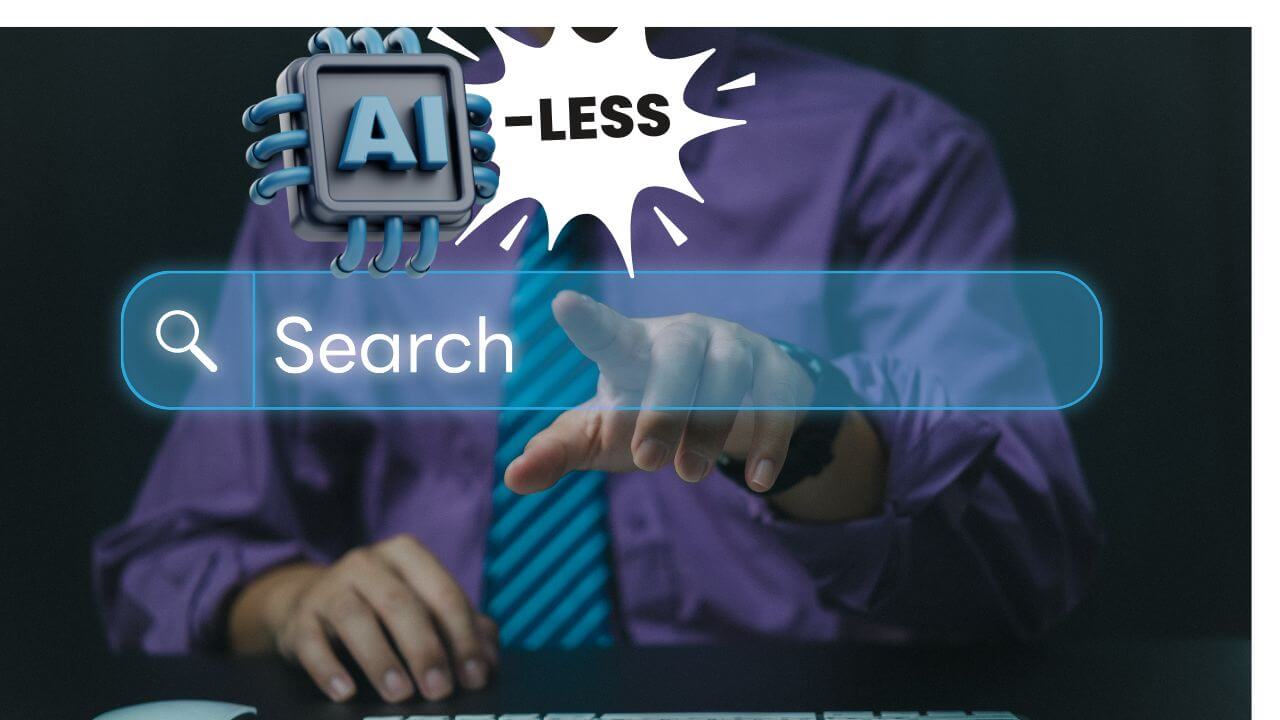For decades, poverty in the Philippines has been treated like a stubborn stain—scrubbed with slogans, softened by subsidies, and spotlighted in campaign ads. But despite billions in aid and countless programs, the stain remains.
Why?
Because poverty isn’t just about lack. It’s about systems that fail to include, protect, and empower. And if we want to end it—not just manage it—we need to go beyond the usual playbook.
🧠 The Tangled Web of Poverty
Let’s unpack the roots:
Structural Causes
- Colonial legacy: Extractive institutions and elite dominance still shape land ownership and opportunity
- Political dynasties: Power is concentrated in families that prioritize control over inclusive development
- Corruption and weak governance: Misused funds and poor planning stall real progress
Economic Traps
- Joblessness and underemployment: Many Filipinos work, but in low-paying, informal jobs without benefits
- Stagnant wages: Real wages haven’t kept up with inflation, especially in agriculture and services
- Lack of manufacturing: The country skipped industrialization, leaving rural workers behind
Human Capital Gaps
- Limited access to quality education: Poor families often can’t afford schooling beyond the elementary level
- Health burdens: Out-of-pocket expenses and malnutrition keep families trapped
- Large family sizes: Many poor households have six or more members, stretching already limited resources
Environmental Vulnerability
- Natural disasters: Typhoons, floods, and landslides disproportionately affect rural and poor communities
- Climate change: It threatens agriculture, fisheries, and livelihoods, especially for those with no safety net
Inequality and Injustice
- Extreme wealth gaps: The richest 1% earn 17% of national income, while the bottom 50% share only 14%
- Urban poverty: Even in cities, many live in slums with no access to stable jobs or services
- Cultural disillusionment: A “culture of poverty” marked by hopelessness and reliance on chance has taken root
🔄 The 4Ps We Already Know
We’ve talked about the real 4Ps before—Product, Process, People, and Place—as a framework for sustainable empowerment. These are the building blocks of value chain thinking:
- Product that meets real market demand
- Process that ensures quality and efficiency
- People with the right skills and support
- Place in the value chain where they can thrive
But even with all four, something’s missing.
🧭 The 5th P: Purpose
Purpose is the spark that turns access into action. It’s the mindset shift from “I’m poor” to “I’m building.” It’s the refusal to be defined by statistics, subsidies, or stereotypes.
Without purpose, the 4Ps are just tools. With purpose, they become weapons against poverty.
And purpose isn’t just personal—it’s political, cultural, and systemic. It means:
- Designing AI tools that reflect Filipino realities
- Teaching prompt literacy in schools, not just coding
- Building community-owned tech networks
- Investing in education that leads to AI-resistant careers
- Creating platforms where the poor are partners, not props
🐾 Final Reflection
Ending poverty isn’t a fantasy. It’s a design challenge—and we already have the blueprint.
But we need to stop treating poverty like a photo op. We need to stop asking “What’s wrong with the poor?” and start asking “What’s wrong with the system?”
Because the real question isn’t “Can we end poverty?” It’s “Will we choose to?”
And the answer starts with the 5th P: Purpose. Not just as a buzzword, but as a commitment to inclusive systems, shared dignity, and long-term empowerment.
But let’s be honest: if politicians keep using poverty for votes, and the poor are forced to play along for survival, then that fifth P isn’t Purpose…
It’s Prank.
A cruel one. Where handouts replace strategy, and staged empathy overshadows real equity.
Until both leaders and communities commit—not to perform poverty, but to end it—this whole setup remains a loop.
Purpose means getting out of the loop. Not later. Now.
📚 Sources
- Asian Development Bank – Poverty in the Philippines: Causes, Constraints and Opportunities
- World Bank – Overcoming Poverty and Inequality in the Philippines
- SDG Philippines – Goal 1: End Poverty in All Its Forms
- Borgen Magazine – Why Is the Philippines Poor?
- The ASEAN Magazine – Breaking the Cycle of Poverty
- OpinYon News – Breaking the Poverty Cycle in the Philippines
- Studocu – Understanding Poverty in the Philippines
